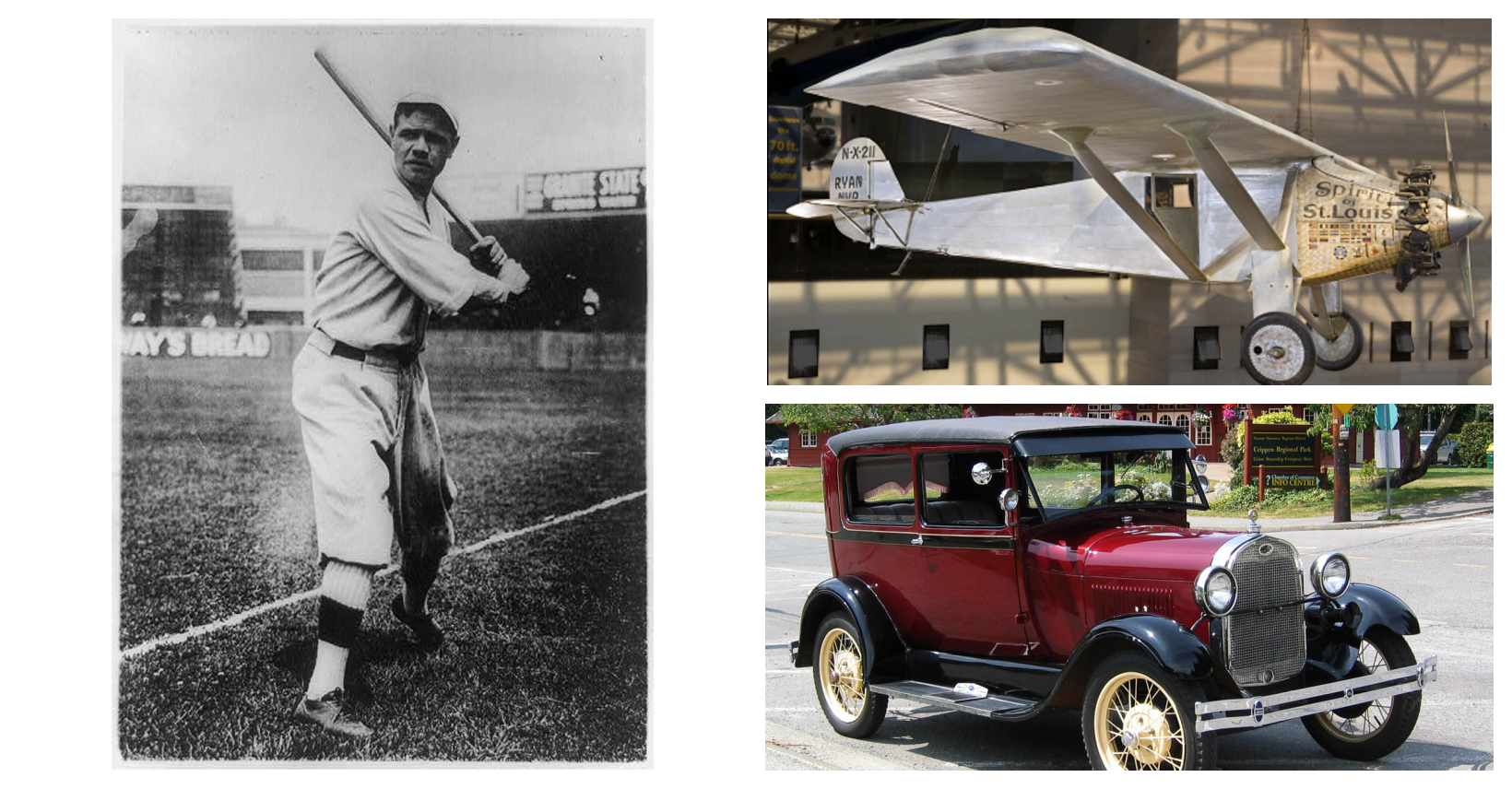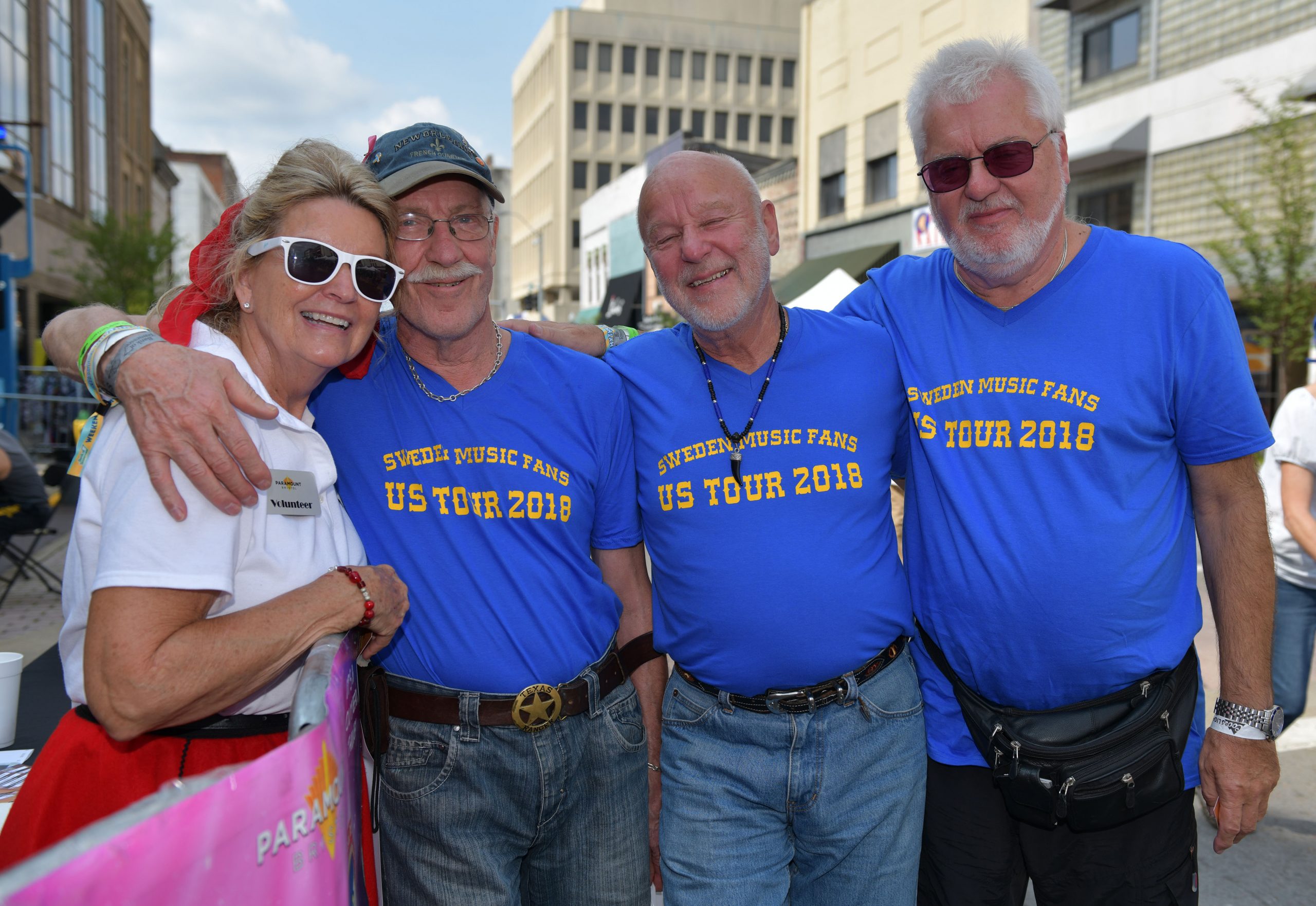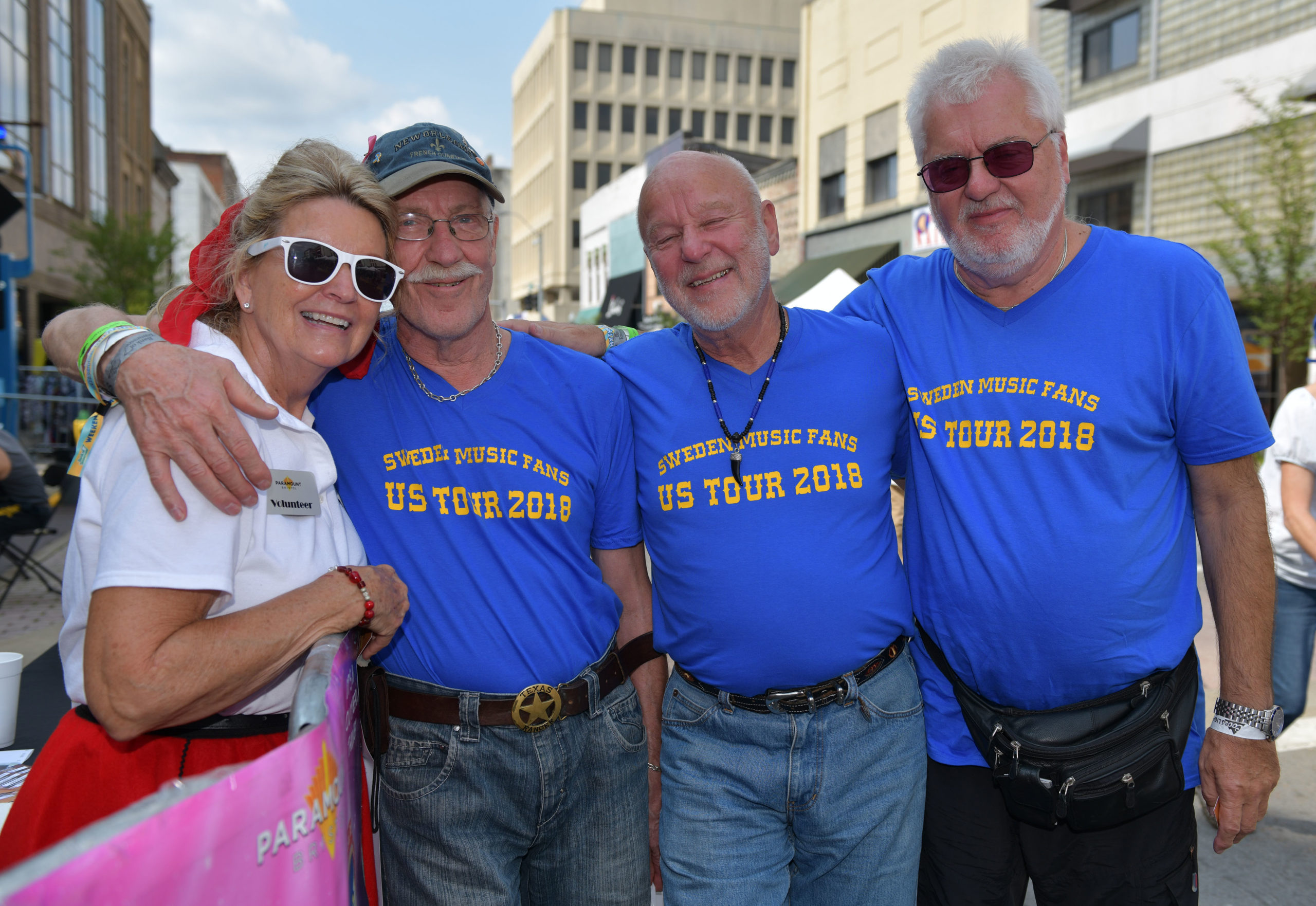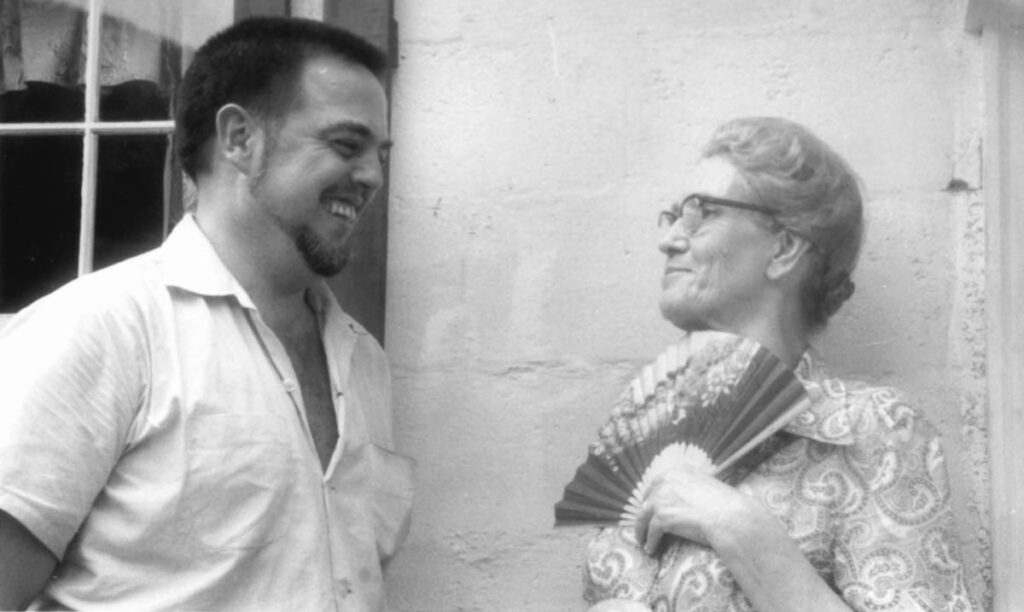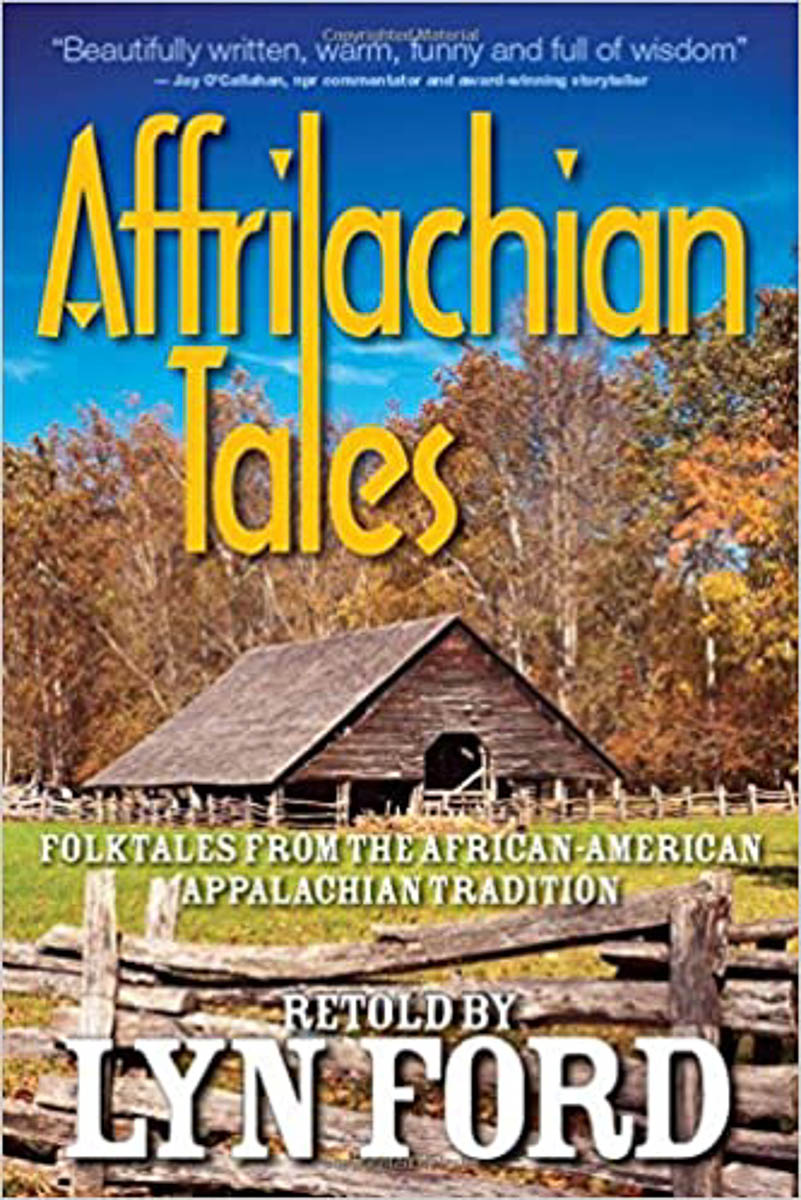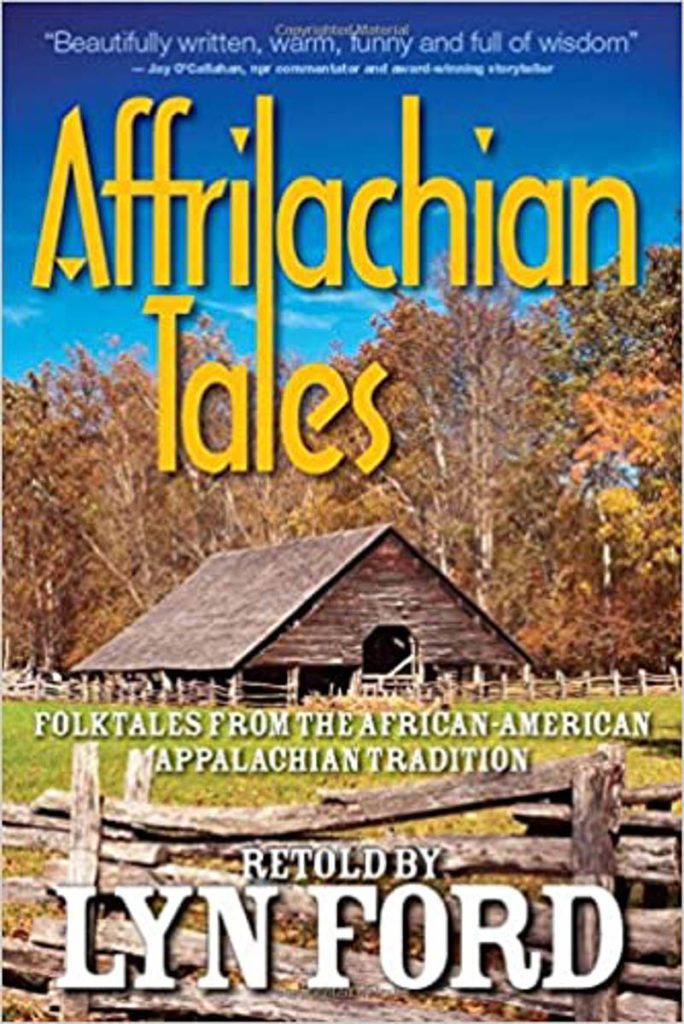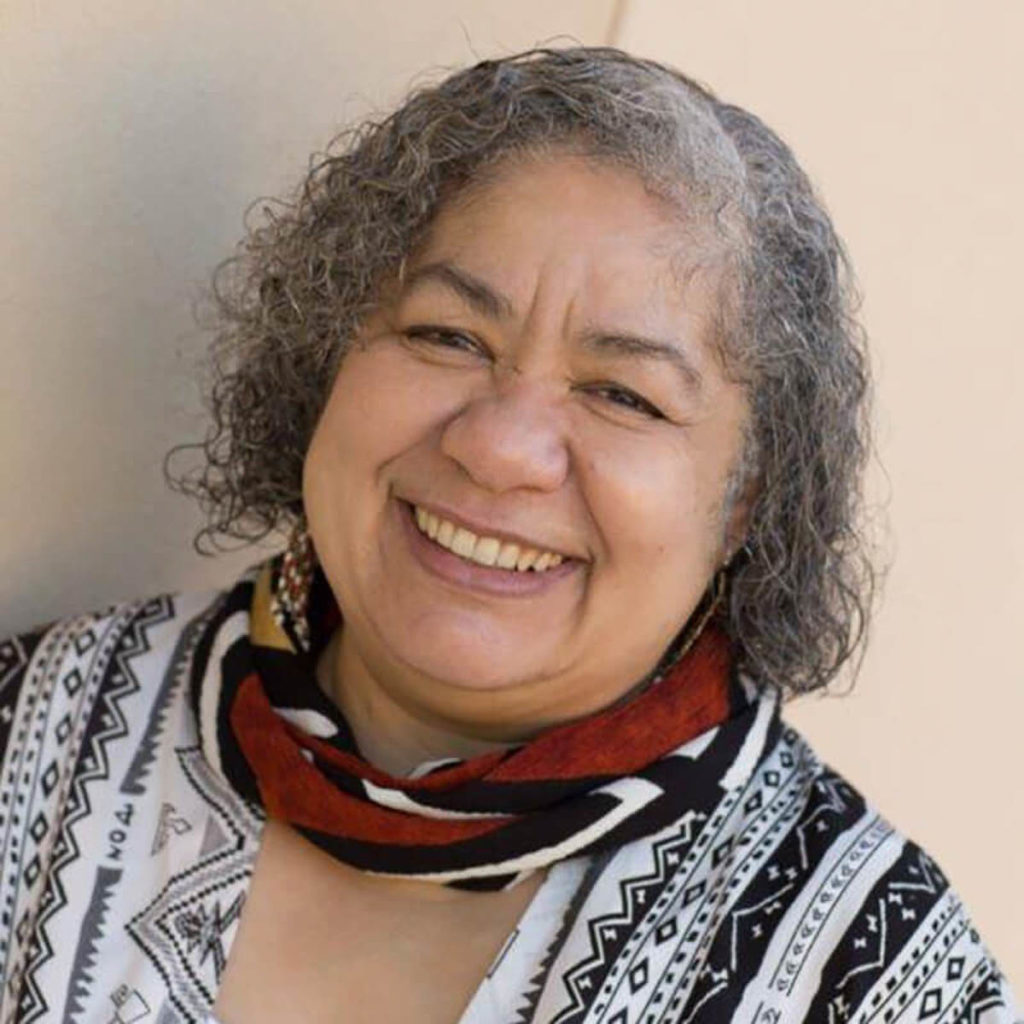Today is National Babe Ruth Day!
Did you know that the summer of 1927 saw a whole host of important historic and cultural milestones, including Babe Ruth’s home run record and, of course, the 1927 Bristol Sessions? Author Bill Bryson’s book One Summer: America, 1927 explores that amazing summer in his usual charming and fact-fueled style, and – along with today’s celebration of Babe Ruth – serves as inspiration for this April 27 blog post, which goes down rabbit holes and tangents to explore other 1927 connections!
But first, what does Bryson’s book cover? Charles Lindbergh’s transatlantic flight from New York to Paris in the Spirit of St. Louis on May 20—21 is one of the topics, along with Calvin Coolidge’s presidency and his decision not to run for a second full term in 1928 and the Great Mississippi Flood, which had its beginnings in 1926 and ended up covering 27,000 square miles in water and displacing thousands of people from their homes and land. Bryson also tackles the controversial trial and execution of Nicola Sacco and Bartolomeo Vanzetti, anarchists accused of armed robbery and murder; the introduction of Ford’s new Model A car; and the release of the first talkie, The Jazz Singer. And then, of course, Bryson shares the story of the New York Yankees’ achievements on the baseball diamond in the summer of 1927 – with 110 wins and 44 losses, a sweeping victory in the World Series against the Pittsburgh Pirates, and Babe Ruth hitting his 60th home run of the season on September 30, setting a record that wouldn’t be broken for 34 years.
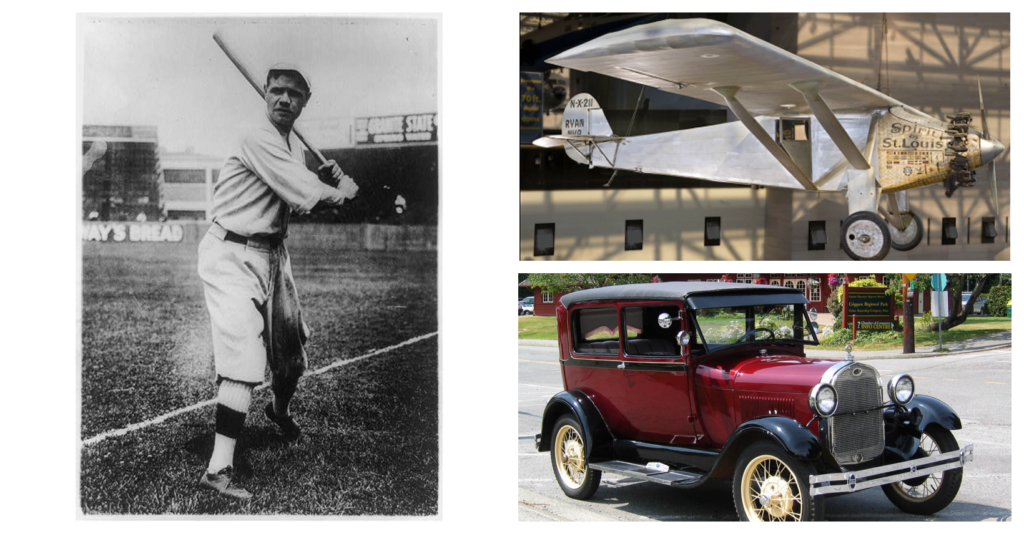
Babe Ruth photographed in his batting stance (National Photo Company Collection, Library of Congress); the Spirit of St. Louis on display at the Smithsonian’s National Air and Space Museum in Washington, D.C.; and a Ford Model A car (Wikimedia Commons).
So what about country music? Well, of course, the summer of 1927 also saw the Bristol Sessions being recorded between July 25 and August 5. With performers like Ernest Stoneman – an experienced and prolific musician in the burgeoning hillbilly music industry – and hugely impactful newcomers like The Carter Family and Jimmie Rodgers, along with a host of other interesting artists and recordings, the 1927 Bristol Sessions became known as “the big bang of country music.” Sadly, the Sessions did not make it into Bryson’s book – maybe they’ll make an appearance in a later edition, fingers crossed! – though the Library of Congress has recognized them as among the 50 most significant sound recordings of all time.
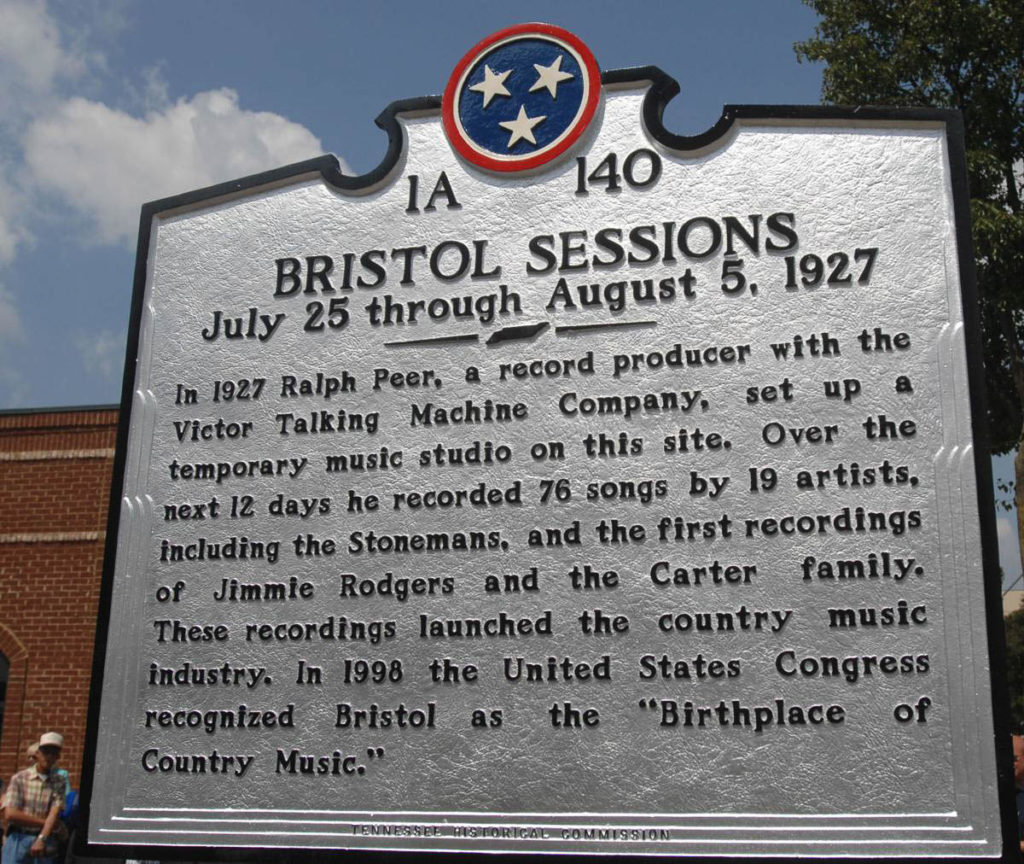
This historic marker about the 1927 Bristol Sessions is located next to the Birthplace of Country Music’s offices at 416 State Street, the former site of the Taylor-Christian Hat Company building where the 1927 Bristol Sessions were recorded. © Bristol Herald Courier
But are there other country music stories to be found in 1927? Interestingly, we can connect Charles Lindberg to country music through two 1927 recordings by Vernon Dalhart: “Lindbergh (The Eagle of the USA)” and “Lucky Lindy!” Both of these records sold well, and a couple of other hillbilly performers also had big hits in 1927 – Gid Tanner and His Skillet Lickers with “John Henry (Steel-Drivin’ Man)” and Charlie Poole & The North Carolina Ramblers with “White House Blues.”
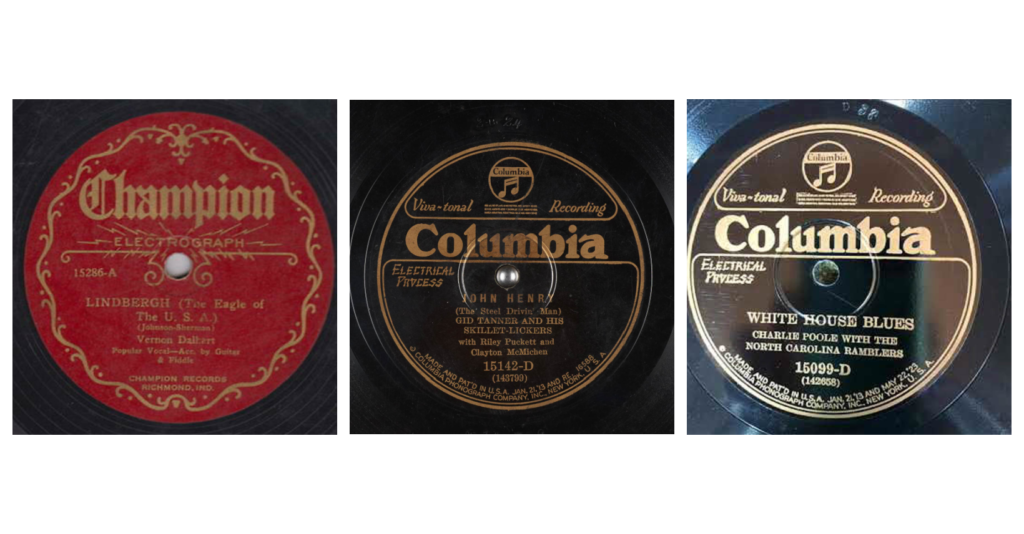
Record labels for Vernon Dalhart’s “Lindbergh (The Eagle of the U.S.A.),” Gid Tanner’s “John Henry (Steel-Drivin’ Man),” and Charlie Poole’s “White House Blues.”
There were also several country and bluegrass stars born in 1927:
- Bluegrass legend Ralph Stanley (February 25)
- Carl Smith (March 15), known as “Mister Country” and once married to June Carter
- Charlie Louvin (July 27), part of the Louvin Brothers and a member of the Grand Ole Opry
- Nudie-suited performer and TV personality Porter Wagoner (August 12), who introduced Dolly Parton to the world in 1967 via The Porter Wagoner Show
- Jimmy C. Newman (August 29), country music performer and Cajun singer-songwriter
- Songwriter Harlan Howard (September 8)
- Leon Rausch (October 2), known as “the voice” of Bob Wills and His Texas Playboys
- Patti Page (November 8), crossover pop and country artist
- Bob Ferguson (December 30), a musician and producer who was instrumental in establishing Nashville as country music’s center
For a few more musical connections to 1927, first take a look at the pages from a 1927 Sears Roebuck catalog. While these catalogs were produced yearly and so this isn’t unique to 1927, it is a great insight into what kinds of instruments you could buy from Sears Roebuck and what the 1927 prices were! And then there were two milestones in American radio history that are tied to 1927. The U.S. Federal Radio Commission (later known as the FCC) began to regulate radio frequencies on February 23, 1927. And on September 18 of that year, the country saw the debut of CBS, which went on air with 47 radio stations, later becoming a powerhouse in the new technology of television.
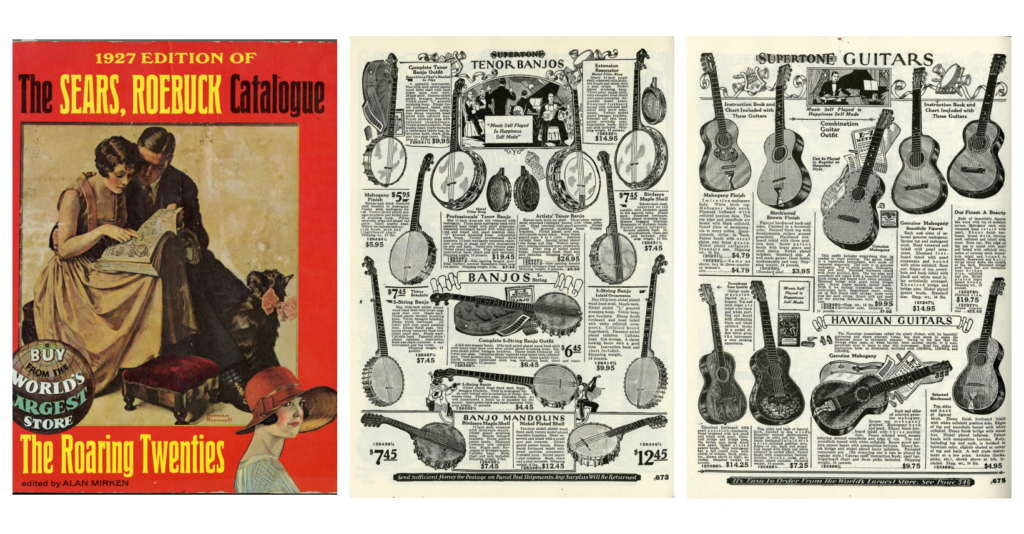
This facsimile of the 1927 Sears Roebuck catalog is in the museum’s collections and on display in our permanent exhibits. © Birthplace of Country Music
These are just a few of the stories and historical or cultural moments from 1927 – there are many, many more beyond my primary focus here on music connections. And so to finish this post off, why don’t you go down your own rabbit hole? The Smithsonian, always a great source of information on any and all topics, can get you started with a trove of treasures that all connect to the year 1927, some discussed above, some more obscure, but all interesting. You can check out these objects and images here.


